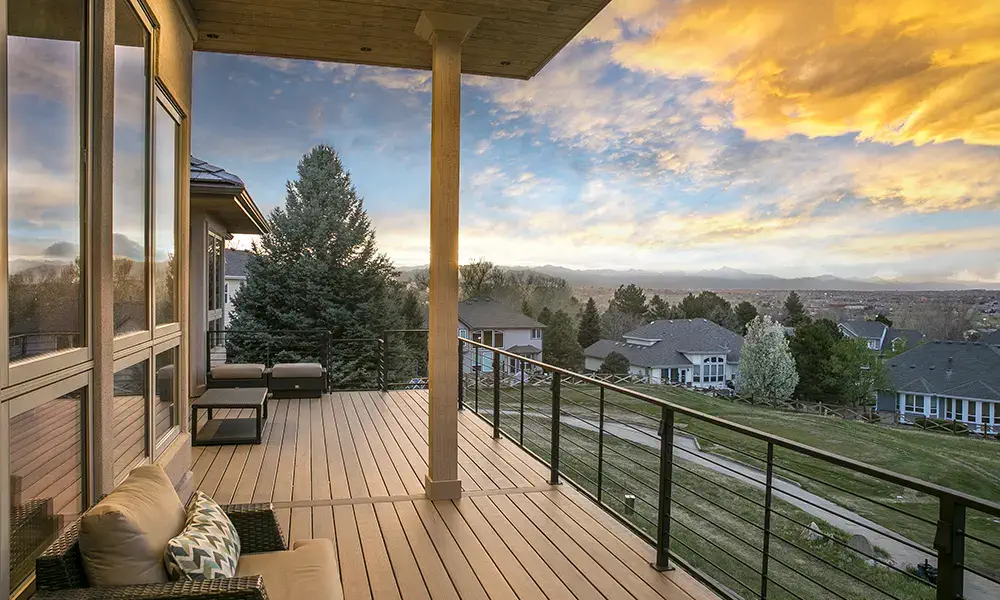
Building a deck can be a rewarding and cost-effective way to enhance your outdoor living space. Whether you’re looking to create a space for entertaining guests or a peaceful retreat for yourself, constructing a deck adds both functionality and aesthetic value to your home. This guide will walk you through the steps involved in build a deck, from planning to finishing touches.
Planning Your Deck
Before starting any construction, it’s crucial to plan your deck carefully. Consider the size, location, and purpose of the deck. Think about how you want to use the space—will it be for dining, lounging, or gardening? Measure the area where you intend to build, taking into account the layout of your yard and any obstacles such as trees or utility lines.
Once you’ve decided on the design and layout, create a detailed plan. This should include the deck’s dimensions, the type of materials you’ll use, and the overall structure. Make sure the plan complies with your local building codes and regulations. It might be necessary to obtain a permit before you begin construction, so be sure to check with local authorities.
Choosing Materials
The materials you choose for your deck will directly affect its durability, appearance, and maintenance requirements. Wood is the most common choice for decking, and there are various types available, such as pressure-treated lumber, cedar, and redwood. Pressure-treated lumber is affordable and resistant to moisture, making it a popular option for the frame. Cedar and redwood offer a more natural aesthetic and are naturally resistant to insects and rot, though they may require more maintenance over time.
If you’re looking for a low-maintenance option, composite decking might be the ideal choice. Composite materials are made from a combination of wood fibers and plastic, offering a more durable and weather-resistant surface. These decks are available in a range of colors and styles but can be more expensive than wood.
Building the Foundation
Once you’ve gathered your materials and completed your plan, it’s time to start building. The first step is creating a solid foundation. Depending on the size and location of your deck, you may need to dig holes for footings or pour a concrete slab. The foundation will support the entire structure, so it’s essential to ensure it is level and secure. Footings should be placed deep enough into the ground to prevent movement due to shifting soil or weather conditions.
Use a level to ensure the deck frame is even and aligned properly. This will prevent any future issues with uneven surfaces or structural instability.
Assembling the Frame
After establishing a solid foundation, the next step is to construct the frame. The frame consists of the outer rim joists and the inner support beams. The outer rim joists create the boundary of the deck, while the support beams provide the necessary structure to hold the decking material. Secure the frame using galvanized nails or screws to ensure a strong, lasting connection.
Be sure to space the joists evenly and check that they are parallel to one another. Proper joist spacing is crucial for the stability of your deck, and the standard spacing is usually 16 inches apart. If you’re using larger or heavier decking materials, you might want to reduce the spacing between joists for added support.
Installing Decking Boards
With the frame in place, it’s time to install the decking boards. Start at one edge of the deck and work your way across, securing each board with screws or nails. Make sure to leave a small gap between each board to allow for proper drainage and expansion due to weather changes. Using decking clips can help ensure even spacing between boards.
When cutting the decking boards, use a circular saw to achieve precise cuts. If you encounter any irregularities or obstacles in your yard, such as tree roots or uneven ground, make sure to adjust the placement of the boards to maintain the aesthetic and structural integrity of your deck.
Adding Finishing Touches
Once the decking boards are in place, it’s time to add the finishing touches. Install railings, steps, and any other desired features, such as built-in seating or planters. These additions can help personalize the deck and make it more functional for your needs. Ensure the railings are securely attached, as they provide both safety and support.
If you’ve used wood for your deck, it’s a good idea to seal or stain the surface to protect it from the elements. This will help prevent weather damage, discoloration, and the growth of mold or mildew. Composite decks may not require sealing, but it’s still a good idea to clean them regularly.
Final Considerations
Building a deck can take time, effort, and attention to detail, but the result is a beautiful outdoor space that adds value to your home. From planning and choosing materials to building and finishing the deck, each step plays an important role in creating a durable and functional structure. By following these guidelines and putting in the work, you’ll have a deck that can be enjoyed for years to come.


